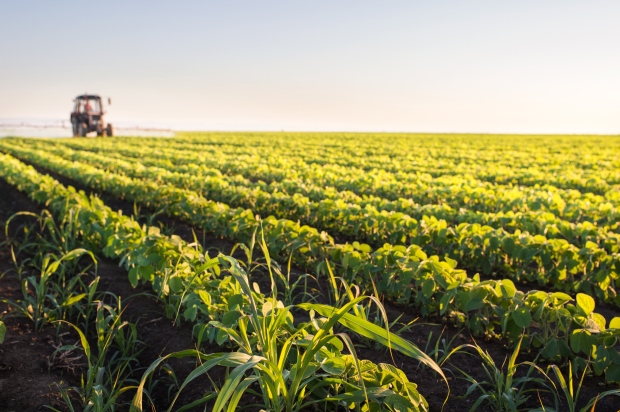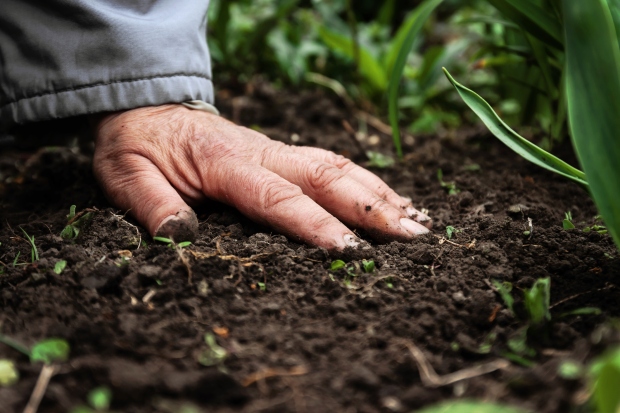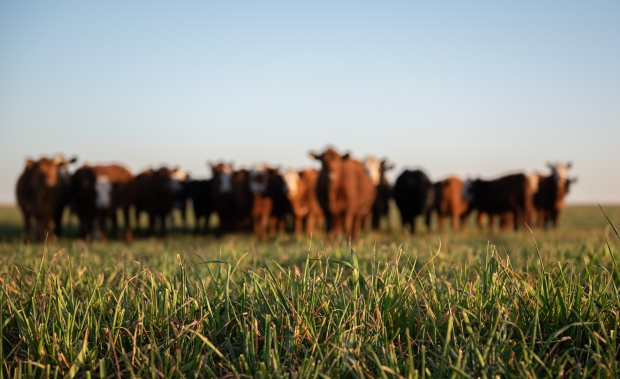Do Weeds Have Benefits?
How Do Weeds Reproduce?
Weeds are particularly hardy plants and thrive almost anywhere. They produce abundant, robust seeds that travel easily via wind, water systems, wildlife, and farming equipment. Therefore, they can spread to vast areas very quickly. In addition, they are crafty plants that grow wherever there is space for them, no matter how small. As a result, they effortlessly grow on lawns, gardens, crop fields, waterways, artificial structures, forests, and wastelands. Their tenacious ability to propagate is their natural gift and causes significant distress for those trying to control them.

The main reason weeds reproduce so efficiently is because of their ability to create and disperse large quantities of seeds. Some weed species produce hundreds of thousands of seeds in one life cycle! Not only are their seeds abundant, but they are also incredibly resilient. Some seeds can remain dormant and survive long periods. Their robust root systems stretch deep into the soil and overtake large areas, making them difficult to uproot. Weeds grow and spread quickly in various soil types and survive even under unstable weather conditions.
Weeds Have Benefits, Too
While weeds generally get a bad reputation, it is essential to remember that they are plants, too. They can play an integral role in the ecosystem, livestock, and gardens when grown intentionally and kept under control.
How Weeds Benefit Soil

One key benefit that weeds present is soil improvement. Weed roots absorb nutrients and deliver them to the surface, making them more readily available for other plants to consume. In addition, some weeds introduce carbon into the soil, adding moisture and aiding water retention. Also, as weeds go through their life cycle, they add organic matter to the soil, further increasing its nutrient content.
Weeds Used for Livestock Feed

Many farmers agree that some weeds have high nutritional value that benefits livestock. As a result, many weeds are allowed to grow freely in pastures for grazing livestock to consume. For example, sheep reportedly enjoy consuming Canada thistle, and cattle find dandelions palatable. Russian thistle and stinging nettle are two highly nutritious weeds that make great additions to hay. Utilizing weeds for livestock feed also has the added benefit of reducing their growth and spread. Because some weeds have high nitrogen and toxicity levels, it is prudent to do the necessary research before feeding them to animals.
Weeds that Beautify the Home and Garden

Some gardeners deliberately plant weeds to decorate gardens. Wild flowering weeds are particularly striking, adding bursts of colors to gardens worldwide. Because they multiply efficiently over large areas, landscapers grow them to fill spots quickly. Additionally, many people grow potted weeds as indoor plants. In Chapter 5, we will discuss varieties that can be useful in the home and garden and ones to avoid entirely.